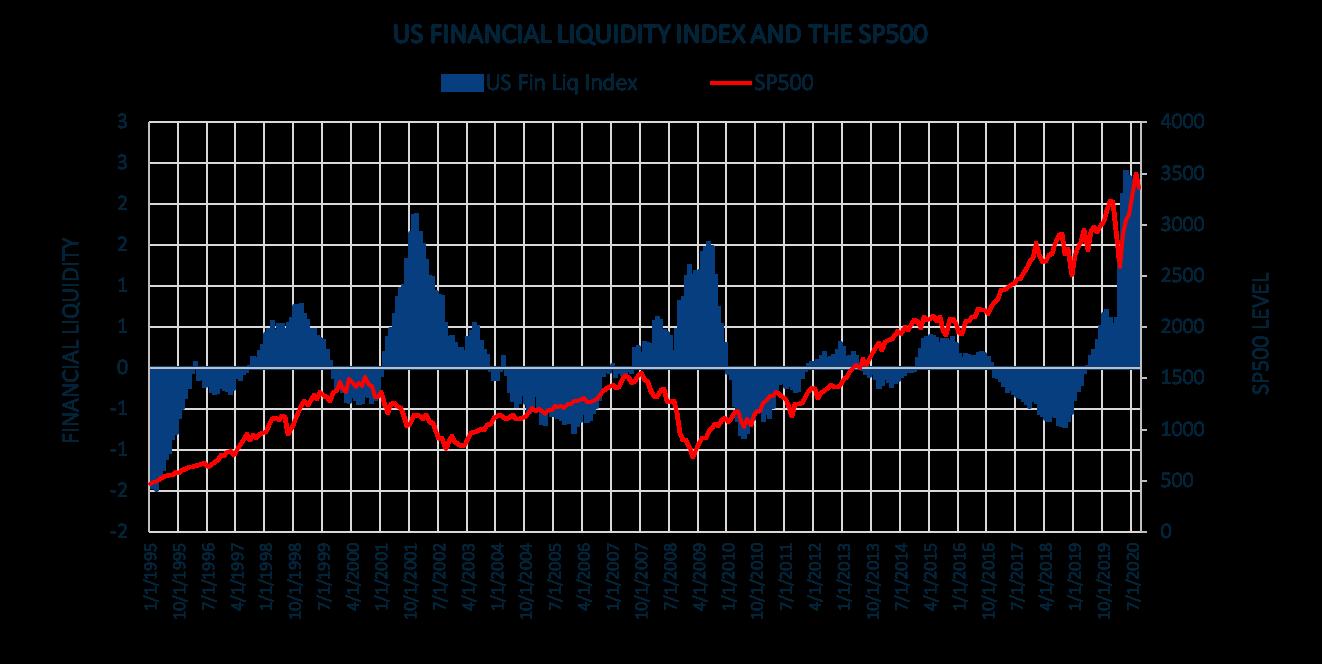
2 minute read
Opportunity often requires flexibility

KIM ZIETSMAN CFA, Head: Business Development and Marketing, Laurium Capital
2020 will certainly go down in the history books as one of the toughest environments in which to manage money. As we close the chapter on a very challenging year for South Africa and the rest of the world, there is still significant uncertainty going into the year ahead. We like to think of this uncertainty as the ‘known unknowns’, and of course the ‘unknown unknowns’ that we could see playing out in the months ahead. Some of the key ‘known unknowns’ that are likely to drive markets, in our view, will be the availability of a COVID-19 vaccine, how it is rolled out once available and approved, and the second and possibly third waves of COVID-19 infections in the northern hemisphere as it moves into winter.
In South Africa, much uncertainty remains over the trajectory of the economy and employment, but we believe the market has more than priced in the lower growth expectations, and we continue to find what we think are very attractive opportunities that should produce good returns for our clients going forward.
Internationally, some interesting trends and opportunities exist, like Value versus Growth, which is getting a lot of airtime lately. Growth stocks have outperformed value for the last decade, and the COVID-19 pandemic accelerated the digitisation of the economy, pushing valuation assumptions of growth companies even higher, making the divergence between Growth and Value even greater. Perhaps the growth cycle has reached its limit and it’s time to look at value investing?
And what about the rest of Africa and the opportunities that exist in the Africa eurobond market to earn high yields for investors both in USD and rand terms with moderate volatility, while offering significant diversification benefits to a South African multi-asset portfolio?
How then do we capture these opportunities?
The answer lies in multi-asset flexible funds. Multiasset flexible funds have fewer constraints, dynamic asset allocation, and more optionality and flexibility. This is what investors are looking for in a flexible fund – not just a pure asset allocation fund with defined holdings for each asset class, nor a pure equity fund – rather a fund that has the ability to move between different kinds of investments in search of strong risk-adjusted returns. A flexible fund should fully benefit from whichever region and asset class offers the best opportunities. Interestingly, it is often the boutique managers that have excelled in this area, which may indicate that size of assets and, hence, the ability to be flexible and nimble, may be an advantage in managing such funds.
The graph below indicates the annualised performance of the Laurium Flexible Prescient Fund since its inception 1 February 2013 to 30 September 2020, relative to inflation, cash and equities.

Source: Morningstar Direct. Total Return Bid-Bid performance (from 1 Feb 2013 to 30 September 2020)
We have seen over the last few years how investors have chosen the safe haven of income funds, but uncertainty and risk provide the opportunity to invest in securities at levels that provide attractive long-term returns. It’s time to consider switching to flexible funds.










